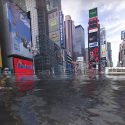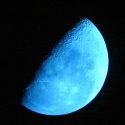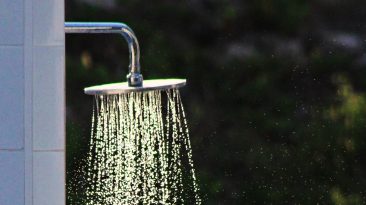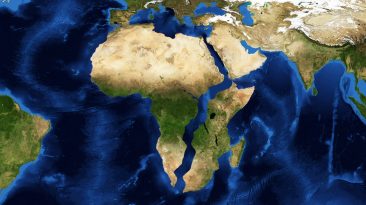What if one side of the Earth always faced the Sun, while the other side was forever shrouded in darkness?
Just how hot would it be on the bright side? And how cold would the dark one get? What part of the planet would still be able to sustain life? And will this be the eventual fate of the Earth? Here’s what would happen if the Earth was tidally locked to the Sun.
Ever wondered why we only see one side of the Moon? That’s because the Moon is so close to our planet that the side facing us experiences a much stronger gravitational pull to Earth. And it takes the Moon just as long to make one rotation on its own axis as it does to make a full orbit around the Earth. That makes the Moon tidally locked to our planet.
In fact, many exoplanets we’ve found seem to be tidally locked to their host stars. Some of them are even located within the habitable zones of their suns. But instead of having a potential for life, those exoplanets can’t sustain any.
Imagine if the Earth became tidally locked to the Sun. How long would you have before the extreme weather made the planet uninhabitable? As one of the Earth’s sides started getting all the sunlight while the other side was thrown into a never-ending night, everything on the planet would change – from weather patterns to water composition.
The immediate downside of tidal locking is, well, the absence of the day-and-night cycle. Ever stayed on the sun for too long? To the point where you can feel your skin burning? This is what would be happening all day and all night on the Earth’s bright side. The Sun would be constantly cooking the bright side until the temperature became so high that no life would be able to survive.
How high are we talking? Well, it depends on how close we were to the Sun. Most likely, well above 100 °C (212 °F) – the boiling point of water. Such intense heat would vaporize the water on the hottest spots of the planet. Meanwhile, the dark side of the Earth would experience temperatures well below 0°C (32°F), turning all of its water into ice.
Even if the atmosphere didn’t freeze completely on that frosty side, the cold air would sink low, increasing atmospheric pressure. Because the atmosphere on the other side would be continuously exposed to light, it would heat up and expand, causing atmospheric pressure to drop.
Significant differences in atmospheric pressure would lead to hellish storms all over the planet. You better hold on to something if you don’t want to get blown away.
We’d be fortunate not to lose our atmosphere altogether in such harsh conditions. Without it, we’d be long gone. Because our atmosphere is one thing that could keep the planet liveable; by distributing the heat across the Earth.
The only possible place for life on the Earth’s surface would be in the twilight strip of land between day and night.
But given that 71% of our planet is covered in water, it’s not likely that there would be much habitable land in that twilight zone anyway.
Lucky for us, there’s no way the Earth will become tidally locked to the Sun any time soon. We’re far enough from the Sun that its gravitational pull doesn’t latch onto just one side.
But the Earth’s rotation is actually slowing down. What if one day the Earth stopped rotating altogether?
Subscribe to What-If on Youtube or follow the show on Facebook Watch.
Sources:



























